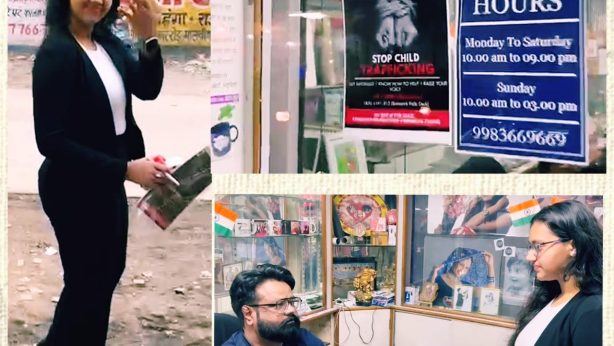Climate Change disproportionately affects women and especially from low income backgrounds.
#Climatechange disproportionately affects women and especially from low income backgrounds. Here are 3 ways in which climate change impacts women.
1. Blow to employment Of Indian women who do work, a large share work in agriculture. This group has few alternatives, neither in alternate rural employment (textiles being the notable exception) nor in the ability to migrate. The biggest personal risk is heat exposure — how will they continue to do strenuous manual work as the world heats up? There are indirect risks as well. A warming climate lowers agricultural yields, reducing the ‘surplus’ to pay for labour. Automation, a burgeoning trend, will reduce the need for labour. Less work = Less power.
2. Child and household care Both the incidence of mosquito-borne diseases and the incidence of health problems are set to rise as the climate warms. With children being a vulnerable group, child carers, who are overwhelmingly women, are set for a bad time. They will have less time to work or to relax, thus reducing their well-being. As the incidence of drought increases, more and more girls must walk further each day to collect water — stealing time that could have been used for school or leisure. A study by the WHO shows that as drought increases and the available nutrition available for a family falls, women often forego their share in such scenarios so that their families benefit, worsening their own health in the process. Less spare time/More calls on their purse/ Less nutrition = Less power.
3. Increase of violence against women Studies show that domestic violence reports in the US increase by 7-11 percent for every degree Celsius rise in temperature. There is already a cultural tolerance for #domesticviolence in India; rising temperatures could simply exacerbate this risk. Most incidences of violence go unreported or under-reported, but a death, especially a dowry death, is much harder to hide.
A study by Sekhri and Storeygard, looking at data from more than 500 districts in India over the past decade, found that whenever rains fall by a standard deviation, dowry deaths in that district rise by 8 percent. The authors explain that the groom’s family sees the killing of the wife as a form of ‘income smoothing’. Farm incomes fall during droughts. Killing a woman and marrying a new wife means there is a fresh source of income for the family. Horrifying as that sounds, it is a plausible explanation for the data. More violence = Less power. Source: Firstpost


